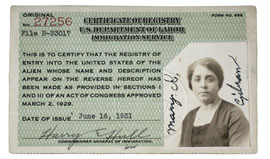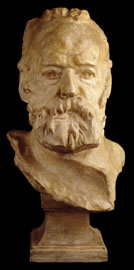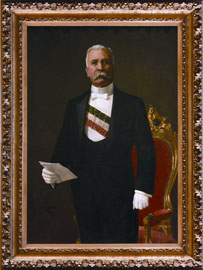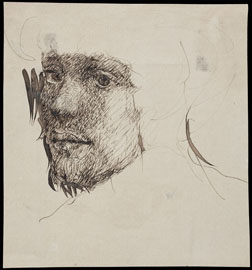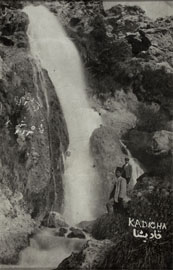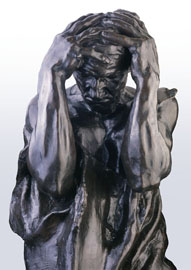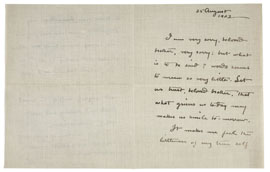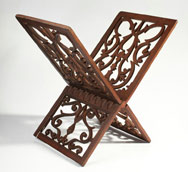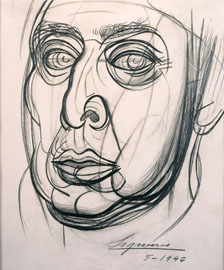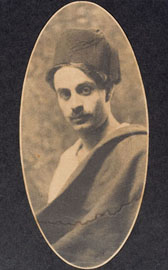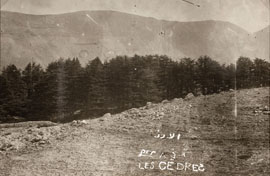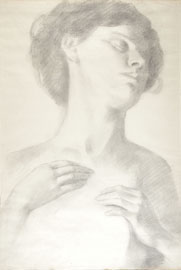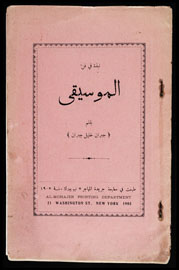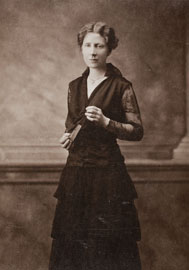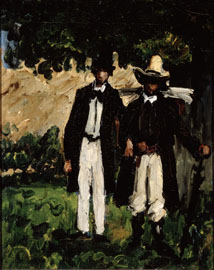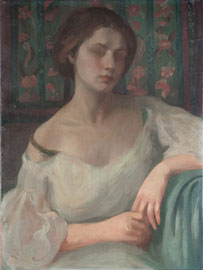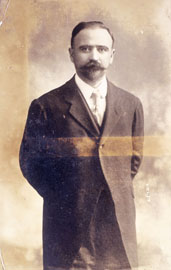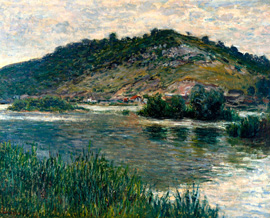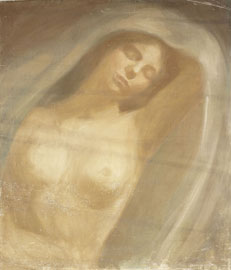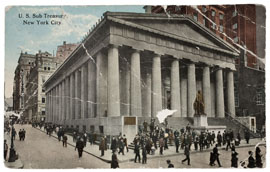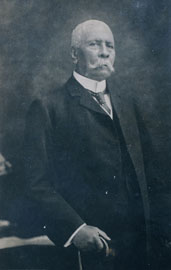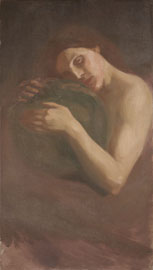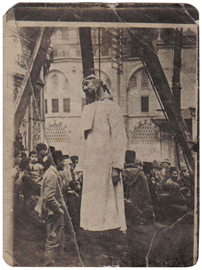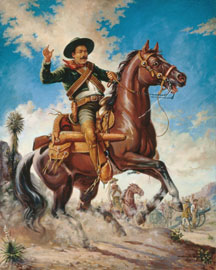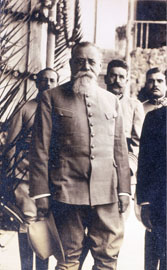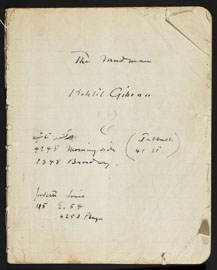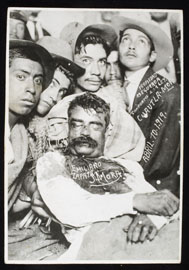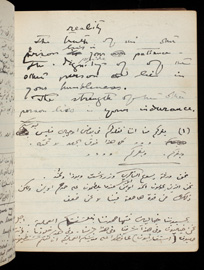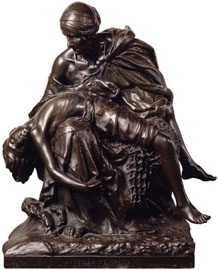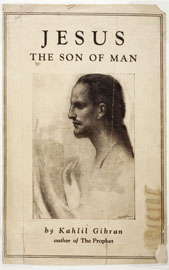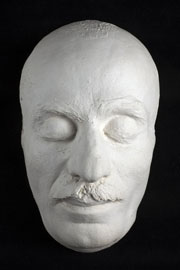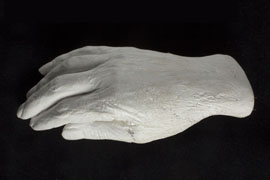| GIBRAN |
| LEBANON |
| FRANCE |
| U.S.A. |
| MEXICO |
 |
| 1880 |
 |
| 1881 |
 |
| 1882 |
 |
| 1884 |
 |
| 1886 |
 |
| 1887 |
 |
| 1888 |
| Joseph Bey Karam, the “Lebanese Prince,” dies in Italy. |
| Inauguration of the Eiffel Tower. |
| Electricity in the White House. |
| Writer Alfonso Reyes is born. |
 |
| 1889 |
 |
| 1890 |
 |
| 1891 |
 |
| 1892 |
 |
| 1893 |
 |
| 1894 |
 |
| 1897 |
 |
| 1899 |
 |
| 1900 |
 |
| 1901 |
| Gibran’s half-brother Boutros Rahme dies in March and his mother, Kamileh Gibran, dies in June. |
| Intense political unrest during the mandate of Mozafar Pacha. |
| Marie Curie receives the Nobel Prize in Physics, along with Pierre Curie and Henri Becquerel. |
| The United States acquires the Canal Zone in Panama. |
| Walter and Frank Sanborn open a drugstore on the Calle de San Francisco in the historic center of Mexico City. |
 |
| 1903 |
 |
| 1907 |
| Gibran publishes Broken Wings and begins a correspondence with the Egyptian writer May Ziade. |
| Lebanese immigrants in France form a nationalist movement dedicated to the independence of Lebanon. |
| Death of the statesman and economist Frederick Passy (Nobel Peace Prize, 1901). |
| The composer John Cage is born. |
| The writer Justo Sierra dies. |
 |
| 1912 |
| Gibran contributes to the Arabic-language magazine Al-Funnon, published in New York City. |
| Lebanese patriot Chekri Ganem convenes the Lebanese Congress in Paris. |
| The writer Albert Camus is born. |
| The first household refrigerated is manufactured. |
| Military uprising known as the Tragic Ten Days, at the end of which President Madero is arrested and assassinated. |
 |
| 1913 |
| Gibran publishes A Tear and a Smile (in Arabic) in New York. The volume includes the emblematic poem “Have Mercy, My Soul.” |
| Turkey annuls the Mutasarrifate system of government and submits the Christian population to blockade which causes widespread famine. |
| Germany declares war on France. |
| The first traffic light is installed in Cleveland. |
| The Sovereign Convention of Aguascalientes is announced. |
 |
| 1914 |
 |
| 1915 |
 |
| 1921 |
 |
| 1924 |
 |
| 1925 |
 |
| 1926 |
 |
| 1927 |
 |
| 1929 |
 |
| 1930 |
 |
| 1932 |
 |
| 1933 |
 |
| 1934 |
 |
| 1935 |
 |
| 1936 |
 |
| 1937 |
 |
| 1938 |
 |
| 1939 |



